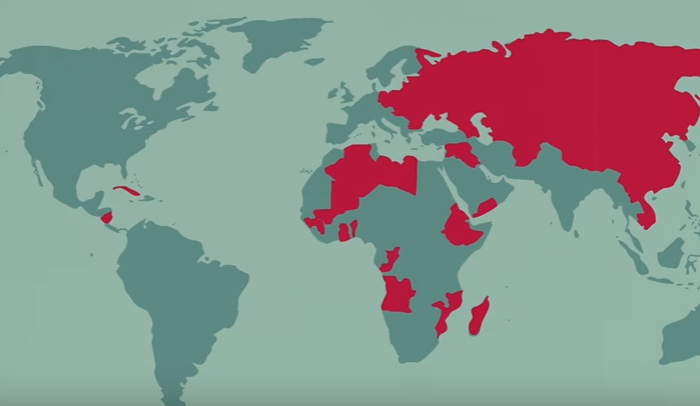

You then place a larger order with your supplier who also can't meet the demand, leading to a scarcity in cans of tuna. Immediately you'd run into an issue meeting demand. However, the demand on the customer side continued to increase. Let's say, in the scenario above, you didn't increase how much tuna you purchase. On the other end of the spectrum, you can run into issues with too little supply. Seeing your increased purchase, your supplier may also increase the amount of tuna they stock, thus further amplifying the issue.

You assume that demand is increasing and purchase 2,000 cans to ensure you don't run out. Then, this customer orders double the amount of tuna they normally do. Let's say you are a food wholesaler who regularly sells 1,000 cans of tuna to a customer each week. If this all sounds a little confusing, let's break it down with a couple of examples. These products often end up as dead stock, on backorder, or need to have their prices greatly cut to avoid total loss. This in turn causes too many or not enough supplies as needed to be purchased at each level of the chain. Generally, slight variations in demand at the customer or retailer level reverberate up the chain causing greater discrepancies. The bullwhip effect is a phenomenon where demand changes at the end of a supply chain lead to inventory fluctuations along the chain.


 0 kommentar(er)
0 kommentar(er)
